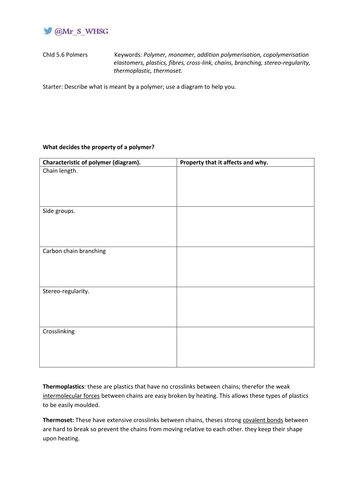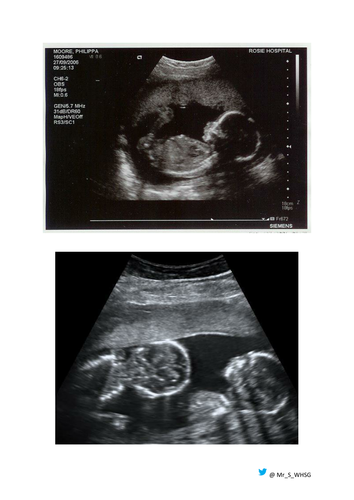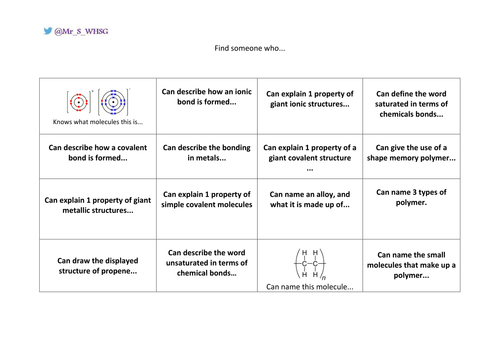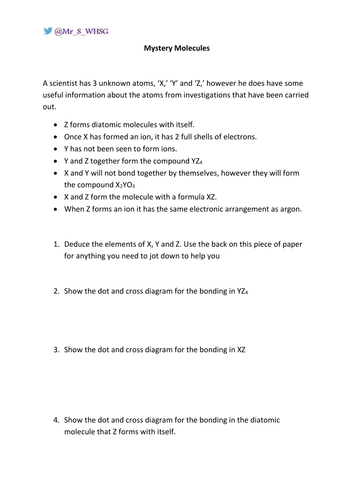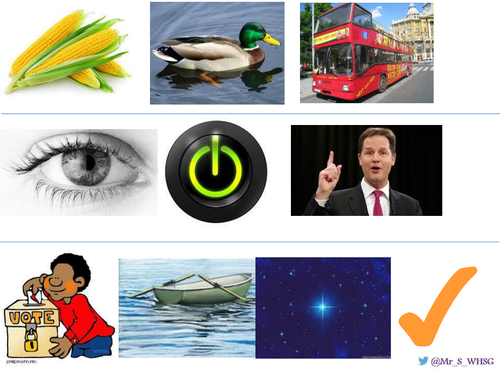Keep Calm & Teach Chemistry
A variety of resources mostly for teaching Chemistry: Presentations that support lessons or practical work. 'Interesting animations built into PowerPoint slides' Ideal for AQA Exam board. #Chemeducation for corrections and updates


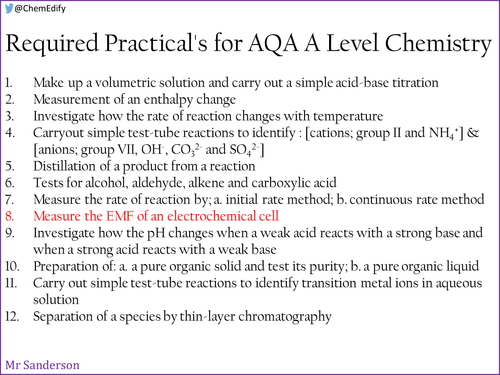
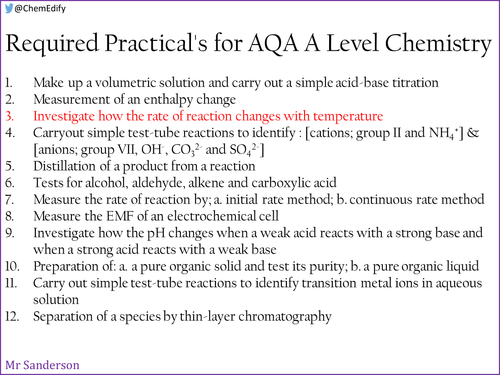
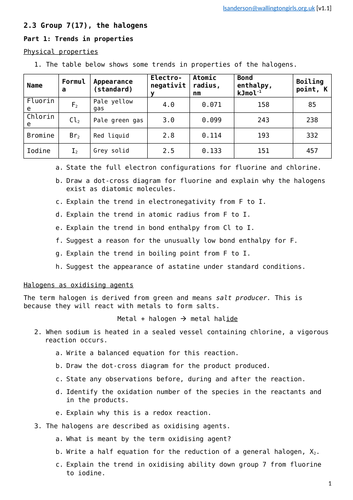
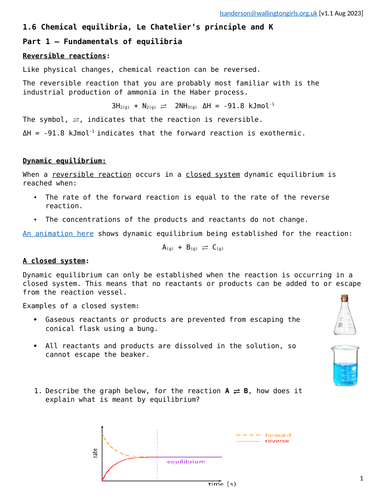


![AQA AS [Year 12] Required Practicals 1-6](https://d1e4pidl3fu268.cloudfront.net/adecd0fe-f84e-4313-bbf6-83e56d10aa53/ASPracPic.jpg)
![AQA A-Level Chemistry [3.1.8] Thermodynamics [New Specification (2016-)]](https://dryuc24b85zbr.cloudfront.net/tes/resources/11679929/image?width=500&height=500&version=1519314482309)
![AQA A-Level Chemistry [3.1.4.4] Bond Enthalpies [New Specification (2016-)]](https://dryuc24b85zbr.cloudfront.net/tes/resources/11810959/image?width=500&height=500&version=1519314683560)
![AQA A-Level Chemistry [3.3.7] Optical Isomerism [New Specification (2016-)]](https://dryuc24b85zbr.cloudfront.net/tes/resources/11810772/image?width=500&height=500&version=1519314683428)
![AQA A-Level Chemistry [3.3.4.1] Structure, bonding & reactivity [New Specification (2016-)]](https://dryuc24b85zbr.cloudfront.net/tes/resources/11828884/image?width=500&height=500&version=1557660823057)
![AQA [3.1.1.3] Electron configurations and ionisation energy [New AQA A-Level (2016-)]](https://dryuc24b85zbr.cloudfront.net/tes/resources/11679914/image?width=500&height=500&version=1519314482285)

